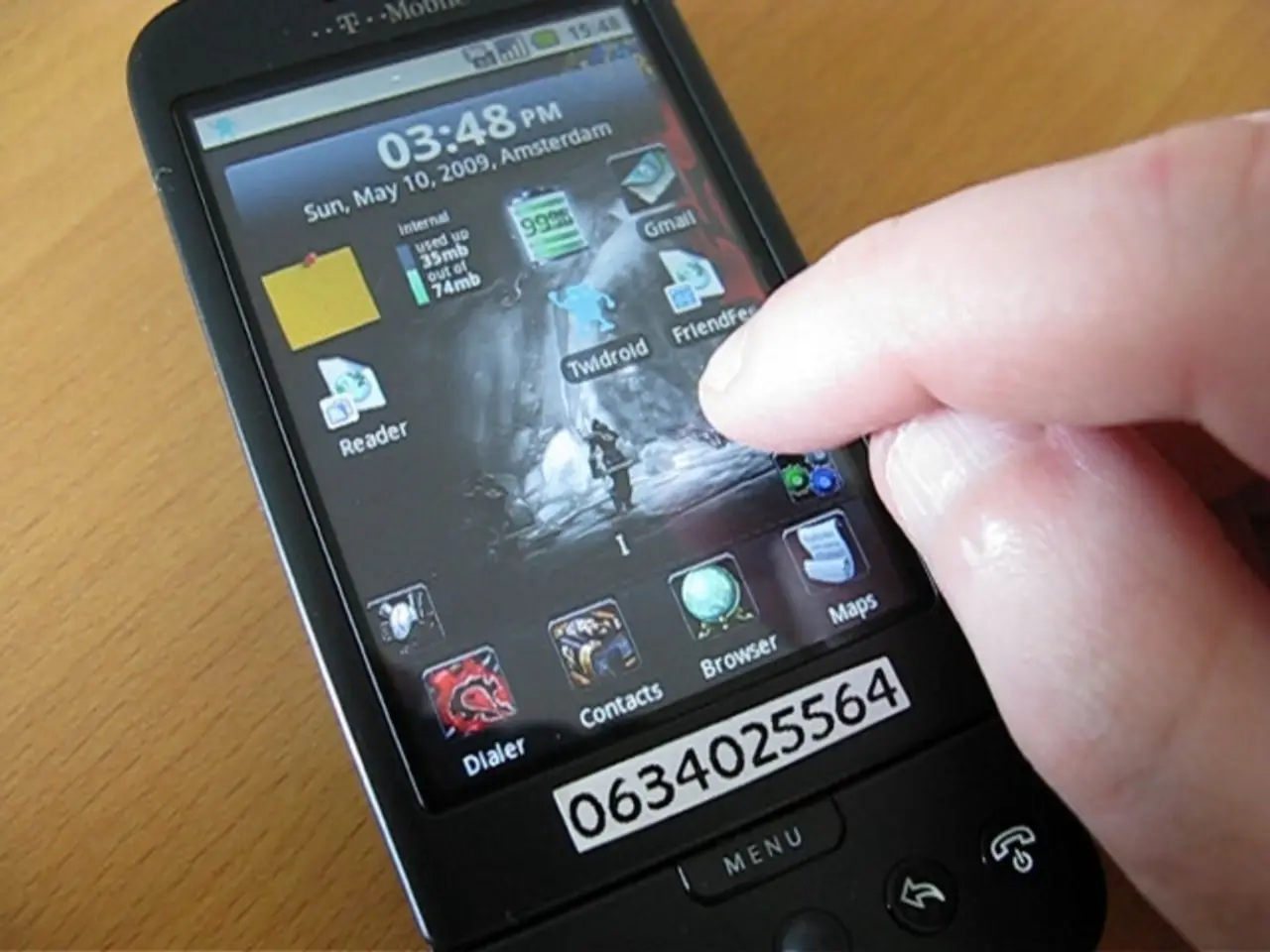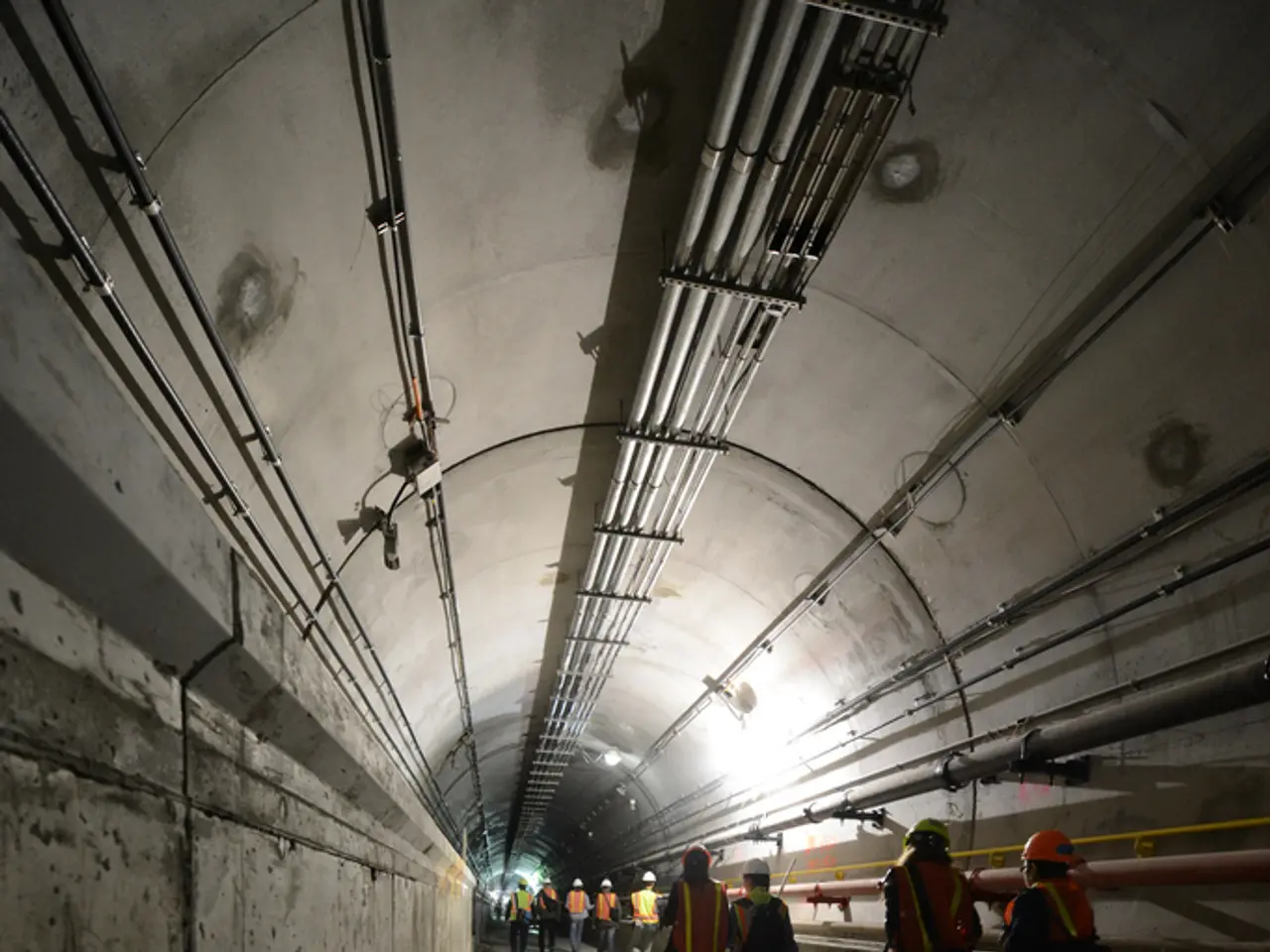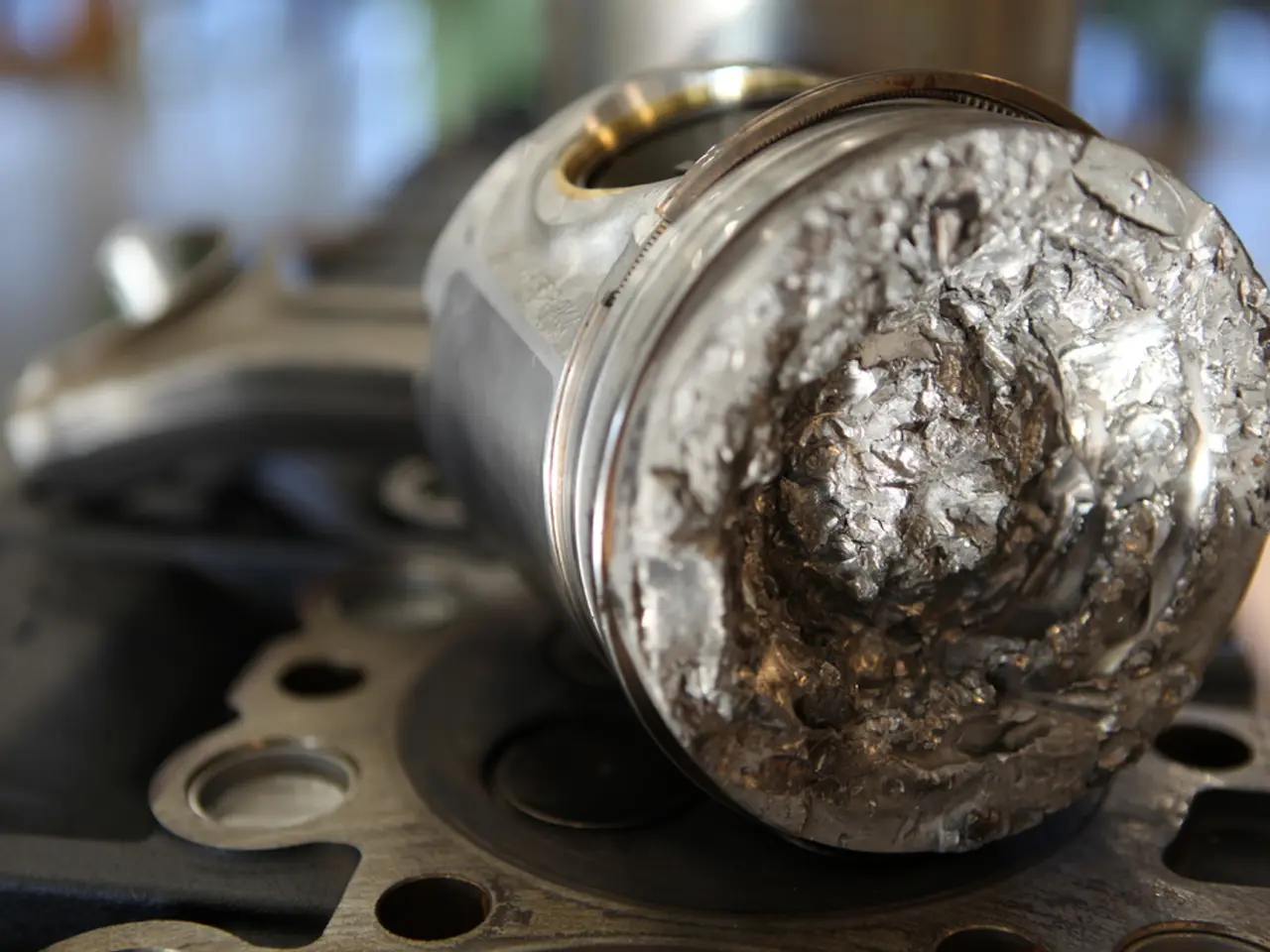Homepage Lacks Crucial Component?
In the digital world, a clear and strategically placed Call-to-Action (CTA) on a homepage is crucial for guiding visitors towards a desired action, such as making a purchase, signing up, or contacting a business. This straightforward direction significantly improves conversion rates, while also motivating visitors by clarifying what to do next, reducing confusion, and smoothing the user journey.
To create a high-performing CTA that positively impacts both conversions and SEO, consider these best practices:
- Use clear, specific, and action-oriented language. Avoid vague phrases like "Click here." Instead, use strong verbs that specify the benefit, such as "Get Your Free Trial," "Subscribe Now," or "Download Your Guide." This clarity improves user understanding and the likelihood of action.
- Create urgency or scarcity. Inspire immediate responses by adding urgency (e.g., "Offer Ends Today," "Join Now") or scarcity ("Limited Seats Available"). Urgency encourages visitors not to delay, increasing conversion chances.
- Optimize CTA design and placement. The CTA button should be highly visible through contrasting colors, adequate size, and strategic placement above or near the fold where users naturally focus. Testing variations in text, color, and placement via A/B tests helps discover what resonates most with your audience.
- Link CTAs to relevant landing pages. Ensure CTAs direct users to pages with content matching their expectations upon clicking, which improves user experience and SEO by lowering bounce rates and increasing engagement.
- Use keywords strategically. Incorporate relevant keywords in your CTA and on linked pages carefully to align with your SEO strategy without compromising user clarity.
A well-designed CTA becomes a powerful conversion point that not only moves visitors forward in the sales funnel but also positively impacts SEO metrics through increased engagement and reduced bounce rates. For instance, pages can see up to a 371% better conversion rate with a clear, well-placed CTA. Without clear direction, users may wander aimlessly on a website without a CTA.
The download area of a website can be improved by including a CTA that encourages users to download content or resources. Similarly, a product page can benefit from a CTA that directs users to make a purchase or learn more about the product. A CTA should link to a page or resource that delivers a fast and seamless user experience.
Analytics tools like Google Analytics or Hotjar can be used to track and analyze user behavior in response to CTAs. A lead-gen form linked from a CTA can be a valuable resource for capturing user information. However, a missing Call-to-Action (CTA) on a homepage can severely hurt bounce rates and conversions.
A CTA bridges the gap between interest and action, transforming passive browsing into intentional engagement. The homepage of a website typically has about 3 seconds to convince visitors to stay. Landing pages with a single CTA convert at around 13.5%, compared to 10.5% with multiple CTAs. High engagement (clicks) from CTAs can improve a website's SEO.
In conclusion, a well-placed CTA can build trust and encourage action when combined with value and urgency. The placement of a CTA can significantly impact its effectiveness, with above-the-fold placement being particularly important. A/B testing can help determine which variations of a CTA (single vs. multiple, different wording, colors, placement) yield the best results.
- By strategically incorporating technology, such as advanced analytics tools like Google Analytics or Hotjar, businesses can analyze user behavior in response to Call-to-Actions (CTAs), which aids in optimizing their effectiveness.
- To ensure a high conversion rate, a Call-to-Action (CTA) should not only be visually appealing through contrasting colors and strategic placement, but also be embedded with technology that delivers a fast and seamless user experience when clicked, such as a lead-gen form or a page with content relevant to the user's expectation.




